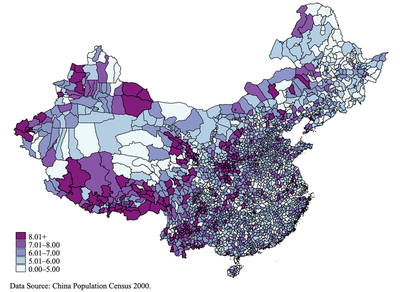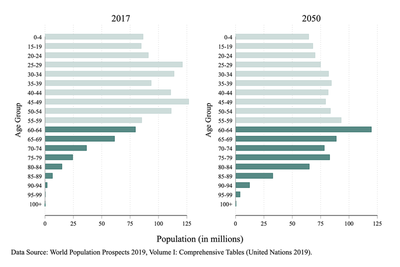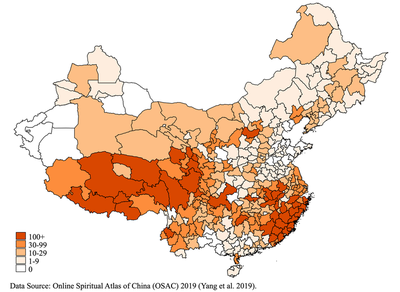Dissertation Advisors: Fenggang Yang (Chair), Christopher G. Ellison, Daniel V.A. Olson, and Shawn Bauldry

In recent decades, public health research has discovered that the places where people live, work, and play matter more for their health than their genes and biology. Prior social epidemiological studies, however, neglect a key aspect of local areas: the religious environment. Although religion is a profoundly social phenomenon that shapes the values, norms, and behaviors of both individuals and communities, most health research today reduces religion to an individual-level attribute. Scholars are only beginning to recognize that the demographic presence and socio-cultural influence of religion(s) in local geographic areas affect population health and mortality in the U.S., and we know little about this topic in other social, political, and cultural contexts.

My dissertation research expands this work to Mainland China where I investigate the ecological effect of religion on the physical health and mortality of China’s rapidly aging population. In this study, I emphasize religion as a socio-cultural characteristic of local areas and incorporate theoretical explanations for the religion-health connection into social epidemiological and social network frameworks. Using geographic data from the Online Spiritual Atlas of China of religious sites in China merged with official census reports and the China Health and Retirement Longitudinal Study, this research applies statistical methods for analyzing spatial and multi-level data to identify patterns in self-rated health, chronic illness, functional limitations, and mortality associated with the religious composition of local Chinese areas. Detailed analyses examine differences across geographic levels, religious groups, and individual religious affiliations, as well as test explanatory mechanisms and social pathways—such as social participation, social support, and health behaviors—that link these associations. Using China as a comparative case, this study draws attention to religious values, norms, and behaviors as important socio-cultural factors of local areas that impact population health.
